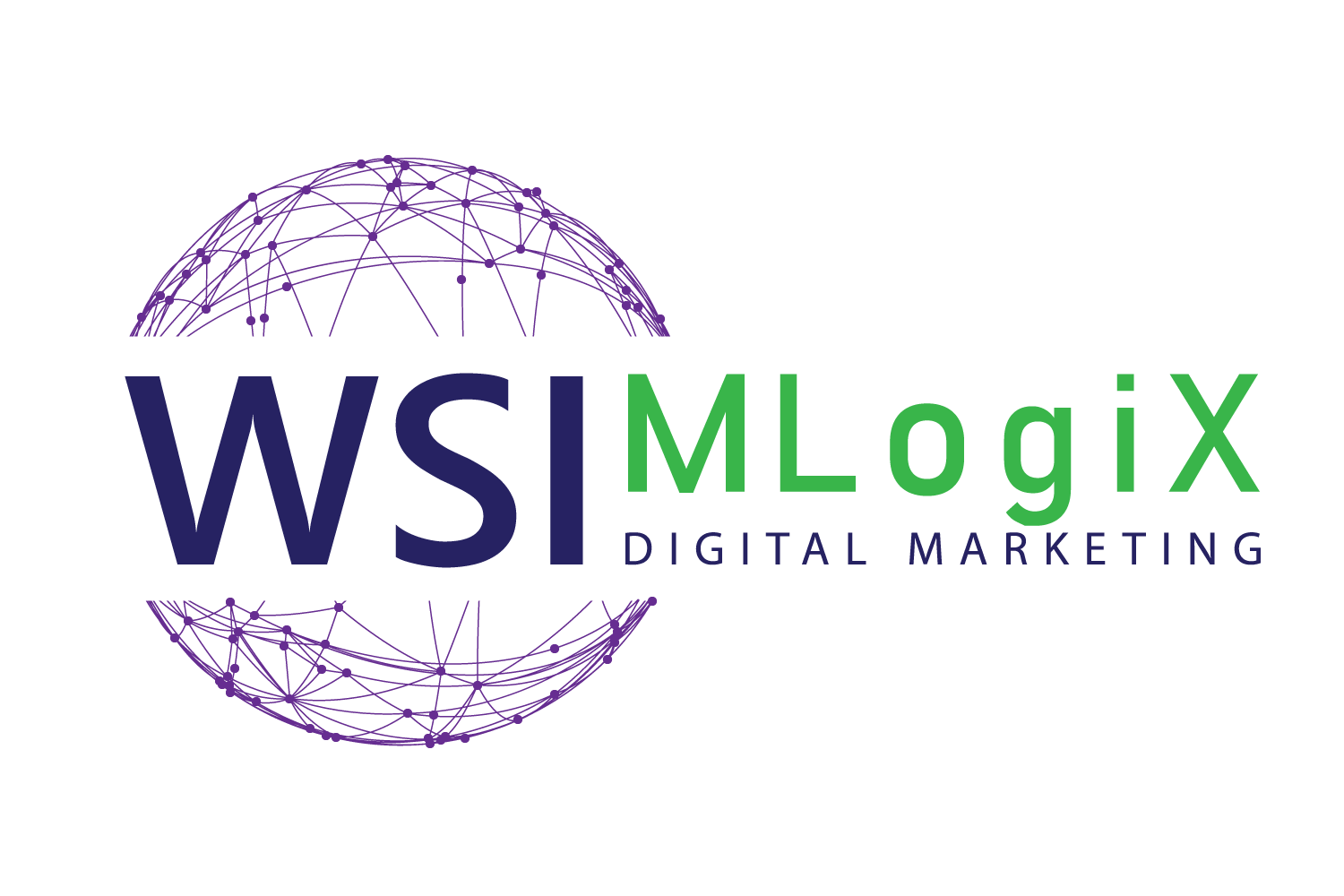For many local companies, the biggest question is simple. Which platform delivers a lower cost per lead most of the time? The answer depends on your category, service area, reviews, and how well you manage each channel. Both Google Ads Search and Local Services Ads can work, and both can waste money if you set them up poorly. The smarter path is to understand how each system charges you and where your control starts and ends.
What each platform actually sells
Google Ads Search sells clicks. You target keywords, set bids, add negatives, and pay when someone clicks. You control ad copy, extensions, and the landing page. Strong tracking lets you measure calls, form fills, and booked jobs. With the right structure, you can shape demand and reach nearby cities, higher-value searches, and branded terms.
Local Services Ads (LSAs) sell leads. You appear in the LSA unit with a Google Screened or Google Guaranteed badge with the help of Google ads consultant. You pay when a prospect calls or messages through the ad. Google decides when you show based on proximity, budget, reviews, and responsiveness. You can dispute poor quality leads, but targeting is limited compared with keywords.
How “cheap” really works
Cheap leads come from tight matching between intent and offer. LSAs often look cheaper because you pay per lead, not per click. That does not mean lower total acquisition cost. A low lead price with low close rates can cost more per booked job than a higher-priced but better-qualified search lead. Ask yourself a blunt question. Do you need raw volume or booked revenue? The right pick changes with that answer.
Typical strengths by situation
- When LSAs win on price: emergency services with clear intent, strong review profiles, and tight local radius. Think locksmiths, plumbers, garage door repair, and basic HVAC service calls. Lead prices can be predictable, and the trust badge helps conversion on the first call.
- When Search wins on price: specialized or high-ticket services, wider service areas, brands with strong names, and offers that benefit from a persuasive landing page. Think remodels, multi-zone HVAC installs, or legal sub-niches where keyword control filters expensive noise.
Side-by-side comparison
| Factor | Google Ads Search | Local Services Ads |
| Pricing unit | Cost per click | Cost per lead |
| Targeting control | High with keywords and negatives | Low, mainly categories and radius |
| Creative control | Full ads and landing pages | Limited profile and phone routing |
| Verification | Standard account | Background checks and license proof |
| Review impact | Helpful but not gating | Major ranking and trust driver |
| Disputes | Not applicable | You can dispute bad leads |
| Coverage | Most industries | Select local service categories |
| Data depth | Robust conversion data | Lead feed with limited details |
Budget, geography, and reviews
Budget shapes volume on both platforms. On Search, small budgets spread across too many keywords bleed. On LSAs, thin budgets can stall delivery, especially in dense metros. Geography matters as well. Search lets you target neighboring cities or ZIPs with surgical control. LSAs lean toward proximity, so distant but valuable suburbs can be hard to reach. Reviews are a swing factor. A 4.9 average with hundreds of reviews often lowers effective lead costs in LSAs because you rank and convert better.
Tracking and conversion quality
Search shines when you own the full path. You can test landing pages, qualify with forms, and route calls by keyword theme. That control supports Google Ads optimization across bids, copy, and audiences. LSAs reduce friction by connecting caller to business, which helps speed. The tradeoff is less control over what the caller saw or expected before dialing. Close the loop by tagging every LSA lead and logging outcomes. Without that discipline, “cheap” is a guess.
Operations make or break cost
Fast response cuts wasted spend on both platforms. Missed calls from LSAs are expensive because the window to claim a prospect is short. Slow follow-up on Search leads hurts because the user can click back and contact a competitor. Tight intake scripts, CRM notes, and regular quality checks matter. Many businesses lower blended cost per acquisition with simple operational fixes before they touch bids.
Practical testing plan
Start with a four-week head-to-head test. Split budget between Search and LSAs. Track every call, form, and booked job. Use clear rules for lead quality and close rates by campaign or category. If you run Search, build a focused structure with exact match and strong negatives first. If you run LSAs, confirm categories, business hours, and review volume. Add call recordings for coaching. At the end of the period, compare cost per booked job, not just cost per lead.
Putting it all together
So which channel usually delivers cheaper leads? There is no single winner. LSAs tend to produce lower lead prices for urgent, review-rich trades and tight service areas. Search tends to produce better unit economics for specialized services, branded demand, and markets where you can win with message and landing page quality. Many local companies run both, then shift budget based on the week’s real numbers. If you want hands-on help, a Google Ads agency San Francisco Bay Area team can handle setup and ongoing care while you focus on jobs. Either way, treat both channels as parts of one plan, not rivals.
Finally, keep the basics tight. Set clear conversion goals for PPC services for small business, check search term reports weekly, log every call outcome, and revisit bids and categories monthly. That steady rhythm is the difference between a random bet and a reliable lead engine for paid search advertising.


